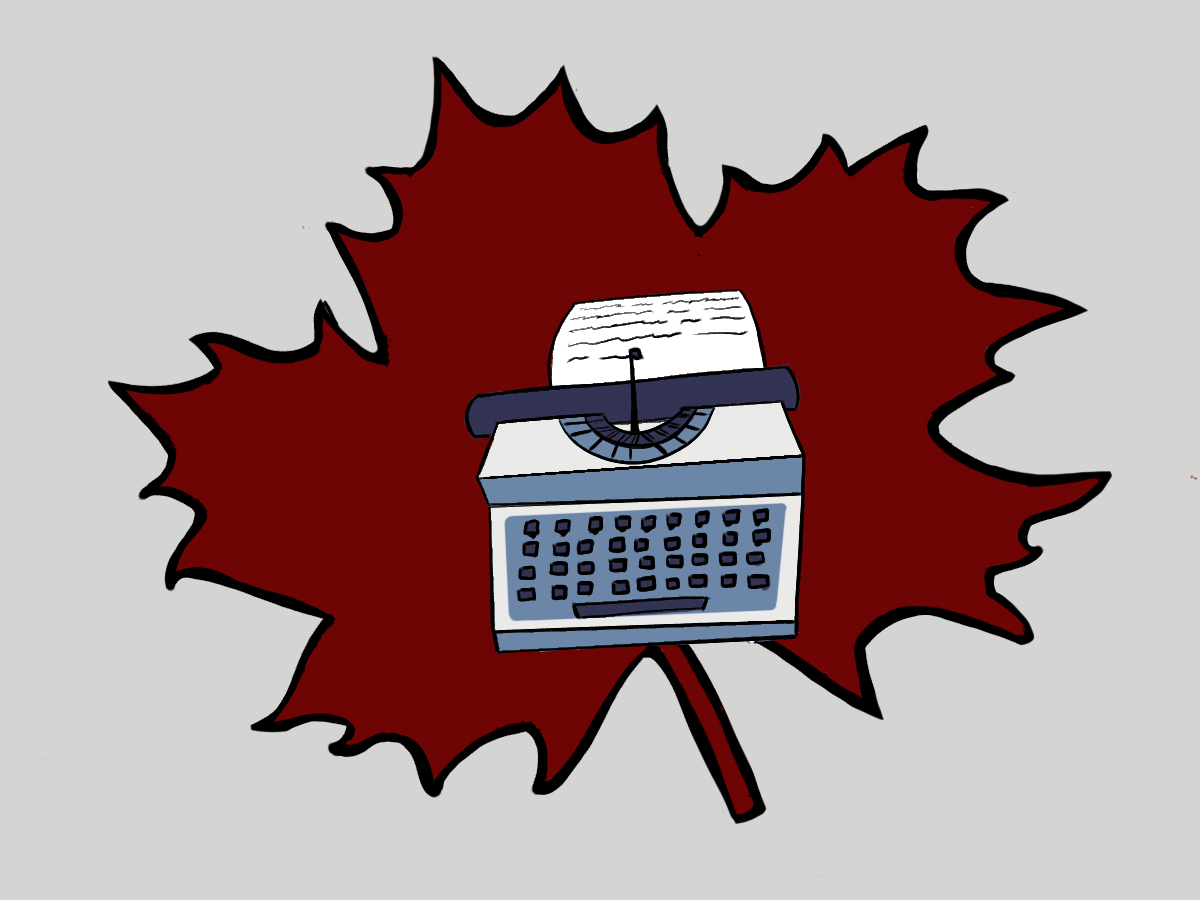2022 may look bleak for most of us, but there’s one upside to the new year: new books! Here are six releases that you won’t want to miss out on
Considering the current state of the world, there’s perhaps no better way to ring in a new year than by getting lost in some fictional worlds. The good news is that 2022 appears to be an exciting year for CanLit. Short story enthusiasts will be particularly satisfied with this year’s upcoming releases. Below is a non-exhaustive list of some books to look forward to. Happy reading!
The School for Good Mothers by Jessamine Chan
Chan’s highly anticipated debut novel is nothing short of harrowing. Perhaps that’s what makes it so worthy of binge-reading. The novel’s main character, Frida, must prove her ability to be the perfect mother following a brief error in judgement. Sent to a reeducation centre for unfit mothers, she must do everything she can to demonstrate that she is a good caregiver or risk losing her child forever. The School for Good Mothers functions as both a commentary on surveillance in modern society, while also providing readers with a riveting tale about the lengths a mother will go to protect their child.
Release date: Jan. 4
Shraya once again delivers a profoundly moving work that dares to explore collective fears and ideas surrounding change. Shraya delves into the universality of change and hopefully, by the end of this (extremely) digestible book, readers might harbour a new perspective when considering how change shapes each of our lives.
Release date: Jan. 4
A Hero of Our Time by Naben Ruthnum
Ruthnum’s latest novel is a breath of fresh air for the CanLit sphere, one that is simultaneously comedic and very much relevant for the current state of race politics in Canada. A Hero of Our Time does an impressive job exposing the arteries of Canada’s not-so-covert racism in the form of seemingly well-intentioned executives and their workplace diversity policies. Not only does the novel take a hard look at the role race plays in relation to one’s career, but it also explores the repercussions that follow when an attempt from a minority employee is made to dismantle and expose the superficiality of these policies.
Release date: Jan. 11
Lesser Known Monsters of the 21st Century by Kim Fu
Fans of Japanese author Haruki Murakami’s eccentric style will appreciate Fu’s ability to craft fictional worlds where bizarre characters and occurrences are plausible and simply a part of everyday life. Fu’s collection is an ideal choice for those who are new to surreal or speculative fiction and who aren’t necessarily ready to commit themselves to a full-length abstract narrative. This collection of twelve stories is guaranteed to transport readers to peculiar places who may be in desperate need of an escape. This is one book that promises to linger in your mind long after you’ve finished it.
Release date: Feb. 1
Frayne’s upcoming release is expected to deliver an emotionally heavy narrative that follows teenager Gale and her counsellor, Helen, as they both struggle with their own family issues. As with her 2003 novel, Starting Out in the Afternoon, readers can once again expect vivid descriptions of the Yukon’s pristine and untamed beauty. The only downside of this book is having to wait until summer for its release. Sigh.
Release date: May 1
No Stars in the Sky by Martha Bátiz
Another short story collection that you won’t want to miss out on is Bátiz’s latest book. All stories feature resilient women protagonists who are, in some way or another, undergoing a crisis. Bátiz’s work often explores current social issues, especially those concerning immigrant women. Readers who enjoyed the author’s 2017 collection titled Plaza Requiem: Stories at the Edge of Ordinary Lives can expect to thoroughly enjoy this upcoming collection just as much.
Release date: May 3
Graphic by James Fay
